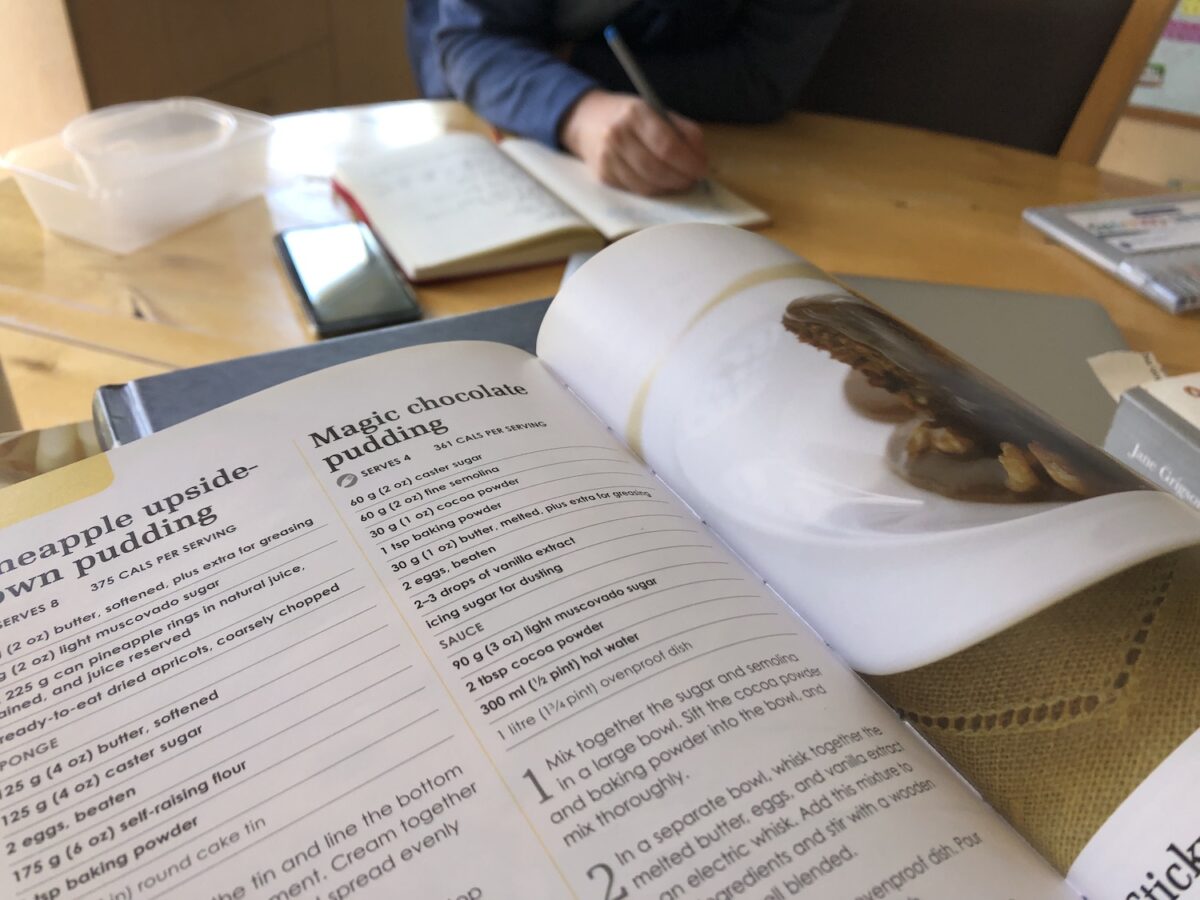For all the lofty strategic stuff I really ought to be doing, I do enjoy a bit of tactical, opportunistic digital engagement.
Right now, we’re chewing over the problem of what to do with big policy documents. You can make documents commentable, but that kind of feedback isn’t useful at every point in the policy cycle. You can shoot case study videos but the plays are often low and the costs quite high. You can (if you’re brave) get the policy team blogging, which might have the greatest impact long-term but is not a task for the faint-hearted or people in a hurry. So for fun, we’ve tried something else.
Last week, my new partner in crime flagged that a white paper on consumer rights was being published on Thursday. On Monday, we met with the team and brainstormed a range of ideas to promote the launch online in a way that engaged people with the policy. On Tuesday, one of them sent through a list of ‘killer facts’ – interesting stats about consumer rights and credit. From that, we thought a little quiz might be fun – showcasing under each of the killer facts what the white paper is committing to doing about the issue. Objective: to get people who would never normally tackle a 100 page PDF to understand a bit more about the detail of what is being presented, and what it means for them, in concrete terms, with minimal ‘spin’ either from Government or the media. And from my new boss, a steer to ‘use more pink’.
By Tuesday evening, my colleague Rhys had mined the draft white paper for nuggets which we could use for our our questions. By Wednesday lunchtime, we had some working code (free to adapt/reuse) to display the questions and keep score, and by end of the day we had signoff from the policy team. The tool went live at 10am this morning, seeded via Twitter and embedded on the corporate site and social media news release. External cost: nil; staff time: approximately 8 hours in total.
We’ve been tracking the stats in Google Analytics and bit.ly, and the initial figures look respectable – 300 bit.ly clicks or so in the first hour, 500+ unique visitors most of whom seem to have gone through most of the quiz. Plenty of RTs (thanks @downingstreet and @tom_watson!) too. Big thanks to the agile BIS team who made it happen, particularly Neil, Kevin, John and Rhys.
It’s not the answer to deliberating policy online, of course, but it’s another tool in the toolkit, right?


Comments
Speedy write-up Steph. Thanks for the namecheck, I’m proud to have been involved, but if I’m honest I was probably more of a sidekick than a partner in crime on this one.
This wouldn’t have been possible without the in-house skills to build it and the agile platform to host it – two things which it would be good to see provided in a way that all govt can access readily. We’re pretty rare in having that.
Let’s have more conversations about how to engage digitally about big policy documents – agree this is the next (but certainly not the last) frontier.
More quality experimentation. Well done.
Any early figures on how many ‘contestants’ then clicked through on to one of the other activities related to the White Paper – read it, passed it on, for example?
Thinking about modifications for next time? Wondered about showing what other people scored, or highlighting particular sections of the paper depending on what you got right or wrong. Bit more complicated right enough.
Thanks for this post Steph – an interesting way to try to get people to engage with oh-so long policy docs and the like – maybe we’ll ‘repurpose’ your idea if you dont object! 🙂
You’re more than welcome, Robert!
@Ross: not really followed that up yet, but I suspect downloads of the White Paper were minimal. That’s OK to my mind, as the purpose of what we’re doing here is to extract the content from the doc and make it digestible. We saw some trackable retweets – maybe a couple of dozen – and the total theoretical reach (people who tweeted about it x number of followers each) is around 925,000 (skewed by @downingstreet’s 900k following). I think stronger calls to action would be a good idea – without losing people as they go through the quiz, it would be nice if people could go on to learn more on Directgov, MoneyMadeClear, Consumer Direct and so on.
[…] yet another innovative way of trying to engage people in public consultations in his blog post Your starter for ten. The piece describes a scheme in which a series of pub quiz style “killer facts” are […]
An interesting experiment – but the content of the quiz is very different from the position asserted in the white paper, with the result being that people taking the quiz only are very much misled about what the white paper actually contains.
‘@Stephen – thanks for the comment. I’m interested and slightly concerned by your point though – what do you feel we’ve missed or misled people about?
The quiz talks a lot about the different types of interest rates and debt figures, etc. But it does not describe the government program being put into effect – “the Government
Oops – is the post truncated?